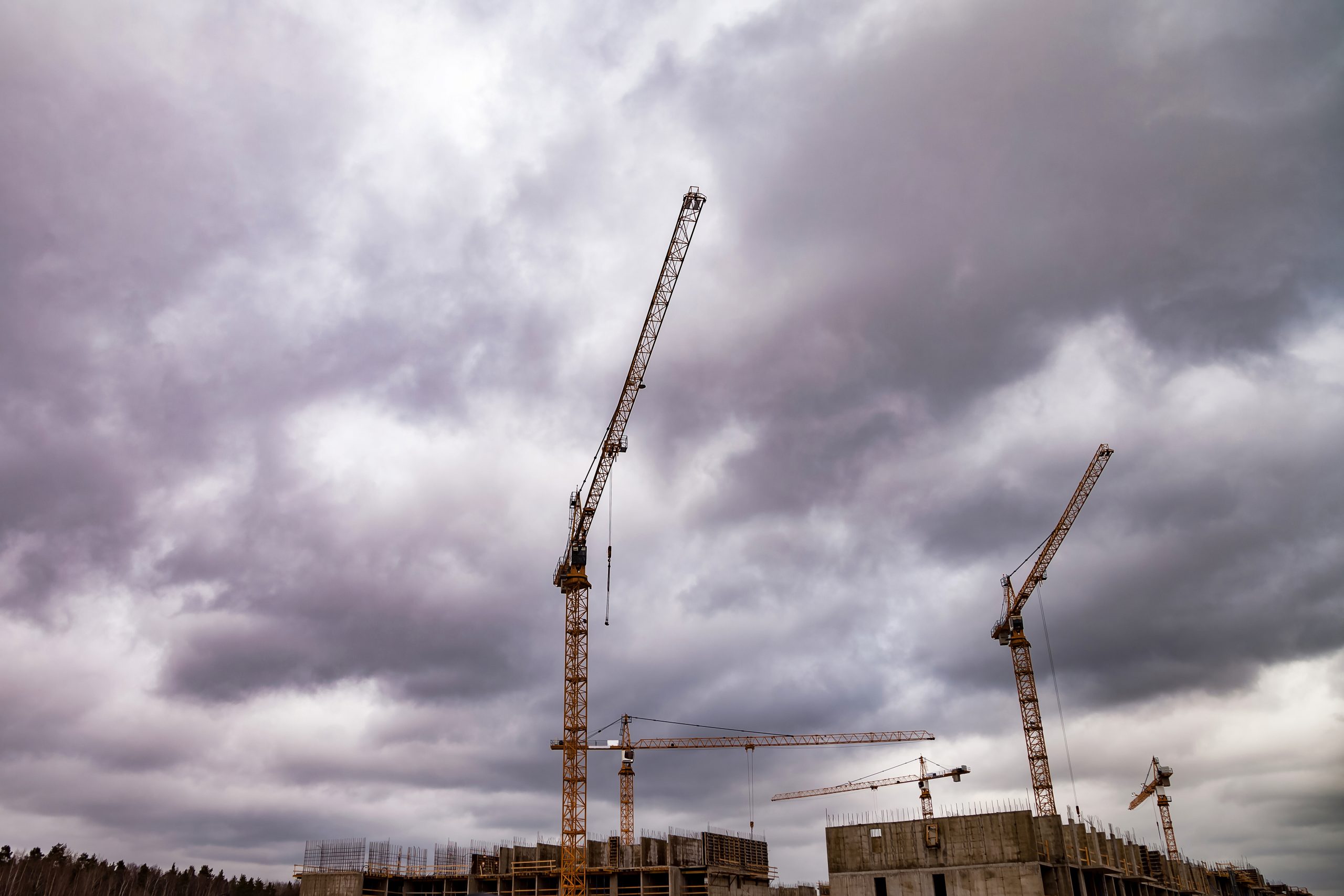Weather is a critical factor that can significantly impact construction timelines and budgets. From heavy rain to extreme temperatures, varying conditions can create delays, safety issues, and increased costs, affecting everything from productivity to material quality. Here’s a look at how different weather conditions influence construction projects and what can be done to manage these challenges.
Rain and Storms
Rain is one of the most common disruptors in construction. Heavy rainfall can delay progress by creating unstable work sites, especially in excavation and foundation work. Wet conditions can also affect the setting of concrete, slowing down drying times, compromising material integrity, and potentially leading to cracks or weakening in the structure. Furthermore, electrical equipment and machinery may need to be protected or even shut down during storms, halting work altogether.
Rain-related delays can lead to budget increases if there are prolonged work stoppages, or if contractors need to bring in equipment like pumps to manage water. Planning for the rainy season and setting up temporary drainage or shelter structures can mitigate some of these issues, but costs may still rise due to extended project timelines.
Extreme Temperatures: Heat and Cold
High temperatures not only put workers at risk of heat-related illnesses, but also affect material properties. Concrete, for instance, can dry too quickly in extreme heat, leading to cracks and requiring additional treatment to avoid structural issues. Workers may also need to take more frequent breaks or limit outdoor hours to stay safe, reducing overall productivity. In some cases, construction companies may need to rent or purchase cooling equipment, which can inflate the budget.
In freezing temperatures, water can freeze inside concrete or mortar, causing it to expand and potentially crack. Cold weather can slow down drying and curing times, resulting in delays. Additionally, frost can make surfaces slippery, leading to safety hazards, and snow can obstruct work areas, requiring extra labor or equipment to clear. Cold-weather construction often requires specialized materials and techniques, which add to the project’s cost.
Wind
Strong winds can be hazardous, particularly on high-rise or open sites. Wind can make it unsafe to operate cranes, lifts, and other large equipment. High winds can also interfere with delicate tasks, such as glass installation or roofing, which may have to be postponed on windy days. To avoid wind-related delays, construction teams need to monitor weather forecasts and schedule certain tasks when conditions are favorable, although this can lead to timeline adjustments and potential budget increases.
Seasonal Planning and Cost Implications
Anticipating seasonal weather variations is essential to project planning. For example, starting a project in winter might lead to more cold-weather challenges, while a summer start could introduce heat-related concerns. Adjusting timelines based on weather forecasts and setting contingency funds for weather-related delays can help manage costs. Construction teams can also implement solutions like weather-resistant materials, temporary covers, and ground heaters to mitigate the impact of adverse weather.
Weather is an unavoidable variable in construction projects that can lead to delays and increased costs. Effective planning, adaptability, and contingency budgeting are essential strategies for managing weather-related risks, ensuring that projects stay as close as possible to their original timelines and budgets.
Looking for a team to take the lead on your next project? At Pulse Construction, we’re committed to doing business with an honest, professional, and competitive approach – without compromising safety or schedules. Contact us today for all of your building needs.



